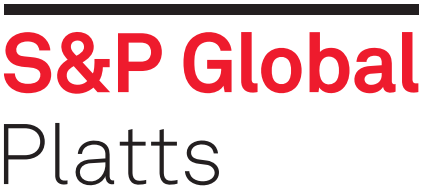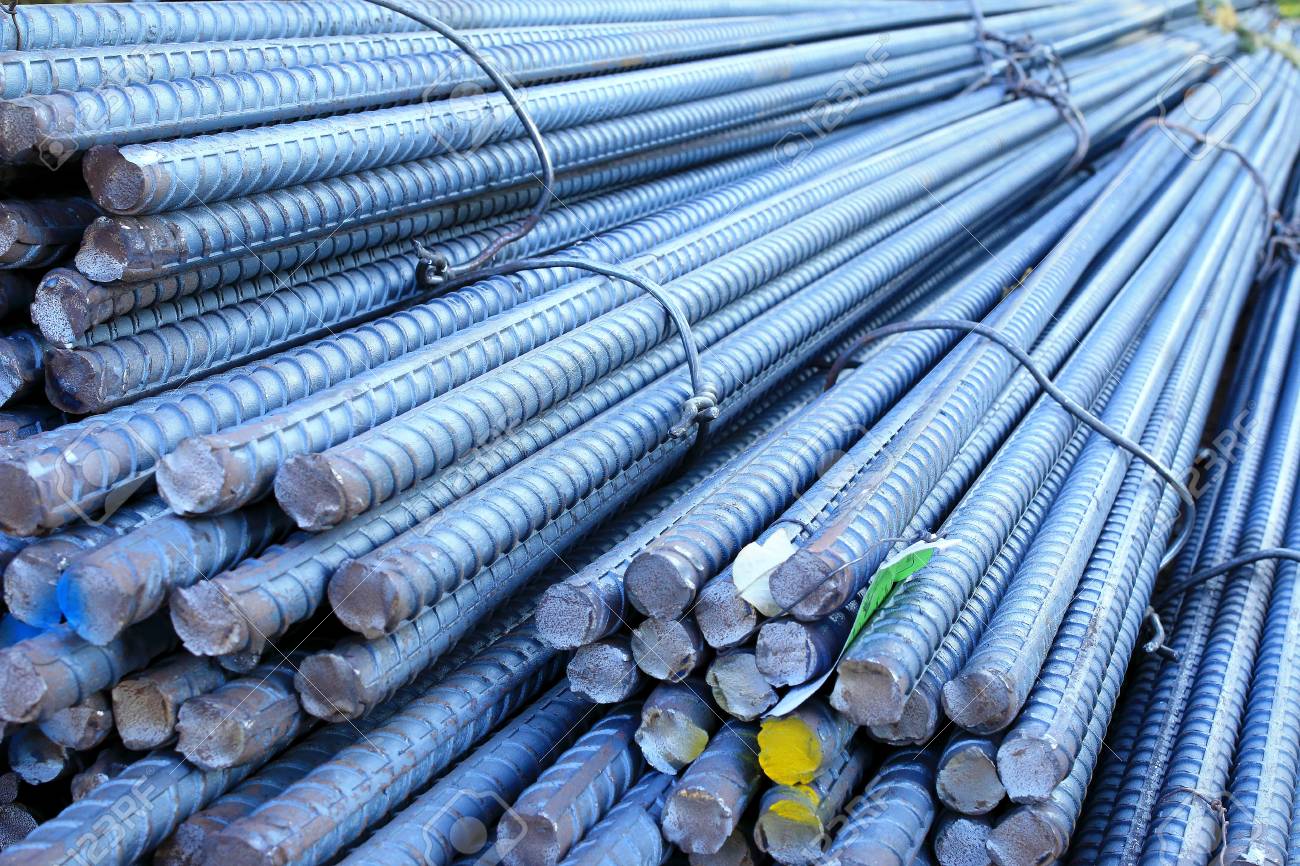China’s steel output cuts remain at a smaller scale so far in 2021 even as the country’s largest steelmaking city Tangshan continues to target aggressive reductions for the rest of the year, a development that will likely result in oversupply and pressure prices in the near term.
China has been looking to curb steel output expansion in 2021 as part of its broader plans to meet its carbon goals. The country has been exercising tighter environmental controls aimed at the steel industry in recent times, including nationwide output cuts.
Tangshan, located in northern China’s Hebei province, is expected to reduce its crude steel output more than the required target in 2021.
However, most Chinese steel mills were still planning or were in wait-and-see mode as regards steel output cuts, according to the China Iron & Steel Association, or CISA.
If steel output cuts outside Tangshan remain on a smaller scale in August and September, soaring steel inventories are likely to cause oversupply and weigh on steel prices even as seasonal demand is seen making a comeback in September, some sources said.
According to CISA, nationwide steel output cuts were necessary as the move could help cap iron ore prices, reduce emissions and avoid oversupply at a time when overall steel demand is expected to decline in the second half of 2021.
Dilemma for mills
However, the association admitted it will be very challenging for the steel industry to strike a balance between meeting tough output cut targets and guaranteeing sufficient steel supply for downstream users in the second half of 2021.
Some market sources said keeping production at normal levels in Q3 and reducing production all at once in Q4 has remained the best strategy for most steel mills.
As a result, China’s steel output cuts might be limited in the third quarter, especially with a likely easing off of power shortages in Guangxi, Guangdong and Sichuan provinces in mid- or late August, they added.
So far in August, besides power shortages reducing steel production in the three provinces by around 27,000 mt/day, steel output cuts outside Tangshan city have been mainly implemented by only some major state-owned companies.
According to market sources, steel inventories were currently the second highest in history after the level seen in 2020. “The hot-rolled coil inventories at some warehouses in Guangdong are already [at] a record high,” one source said.
Steel mills are looking to produce flat steel more than long steel due to higher profit margins, while some traders were aiming to bump up their stocks in anticipation of larger steel output cuts later this year that would boost steel prices.
“But all these moves could instead undermine flat steel prices in the upcoming strong season,” the source added.
Tangshan cuts may exceed target
Tangshan is planning to cut its annual crude steel production in 2021 by 12.37 million mt on the year, according to sources.
However, the city already ordered its steel mills for huge production reductions in March, which could eventually lead to an annual steel output reduction of 14.2 million mt in 2021, according to S&P Global Platts calculations based on data of Tangshan city bureau of statistics.
Some Tangshan-based mill sources said local mills would unlikely ramp up production from current levels during the second half of 2021 and through early 2022, as the city is aiming to improve its air quality for the Winter Olympics. This event will be held in Beijing and Zhangjiakou in February 2022.
Meanwhile, Tangshan has also restrained local mills for commissioning new iron- and steel-making and coking facilities until March 13, 2022.
According to capacity swap schedules, Tangshan-based steel mills plan to commission a combined crude steel making capacity of 9.4 million mt/year in the second half of 2021, based on closures of old facilities of 10.8 million mt/year capacity.
Due to improved technology, new facilities could usually produce more than their designed capacity, thus leading to net capacity expansions, some sources said.
— Staff






